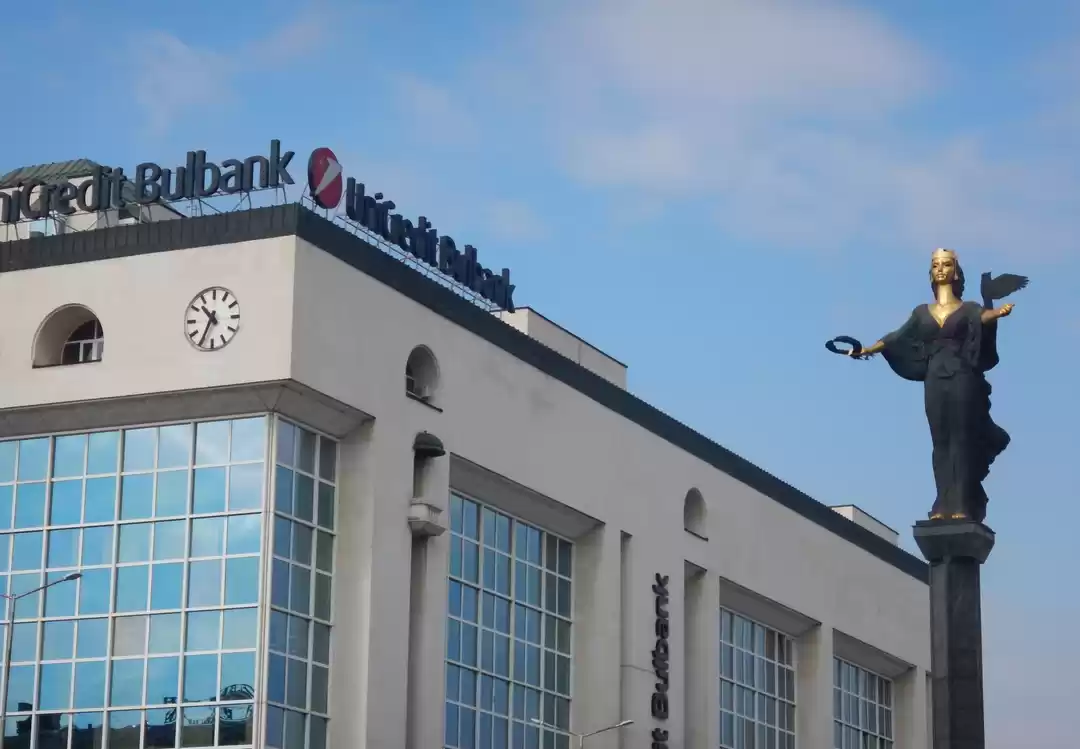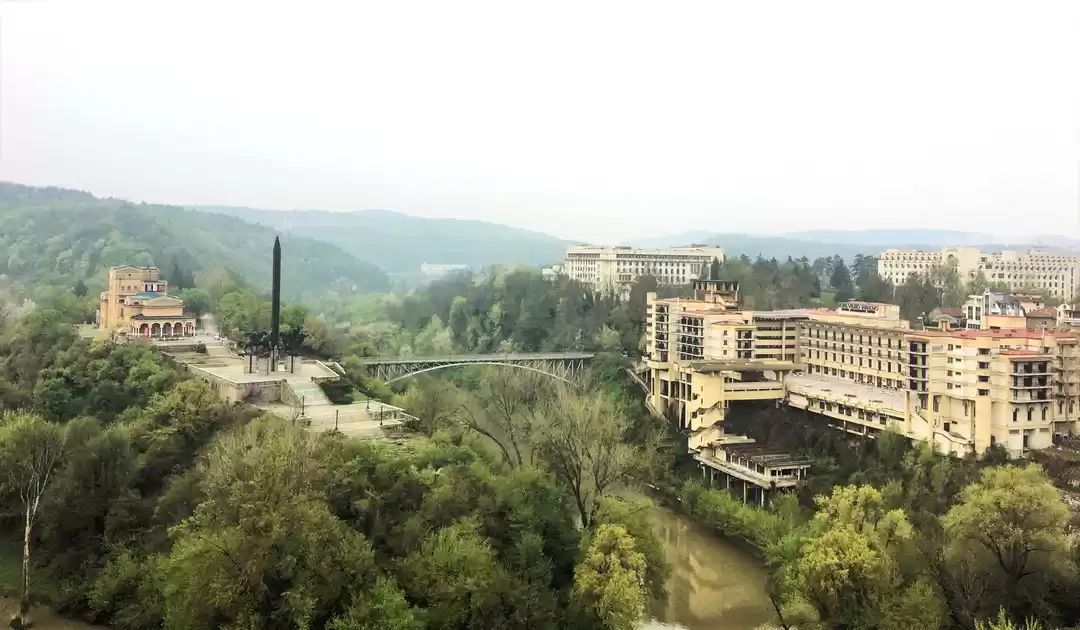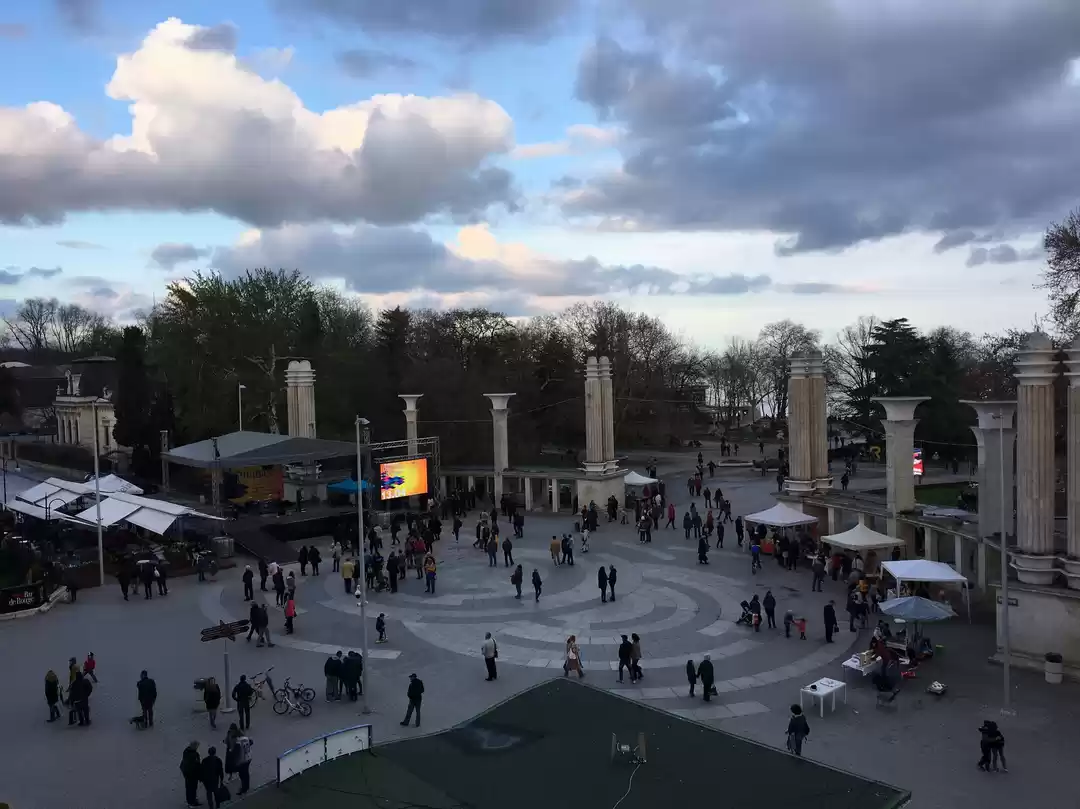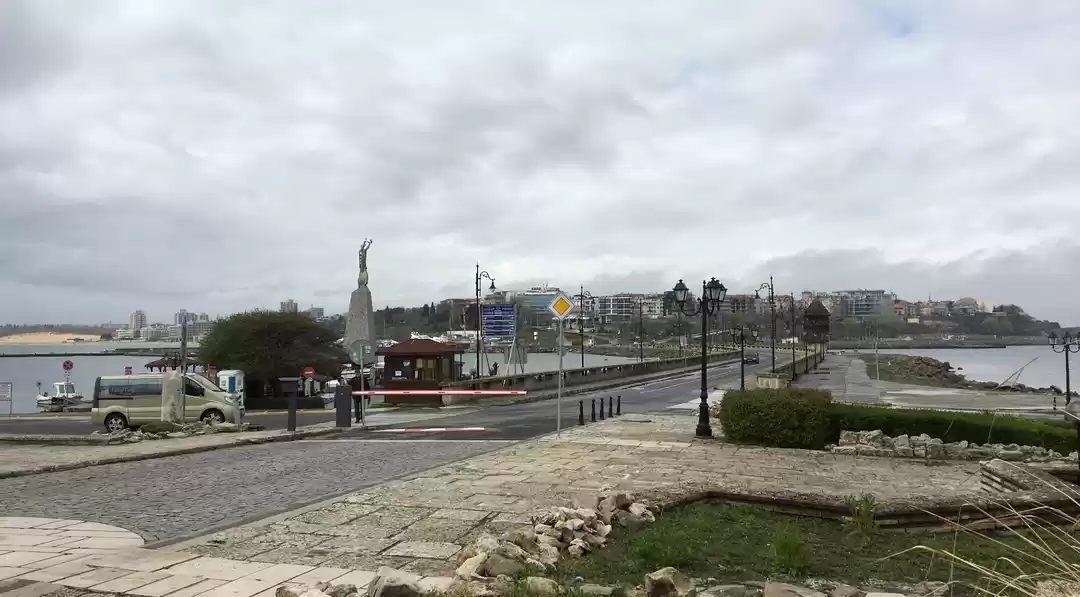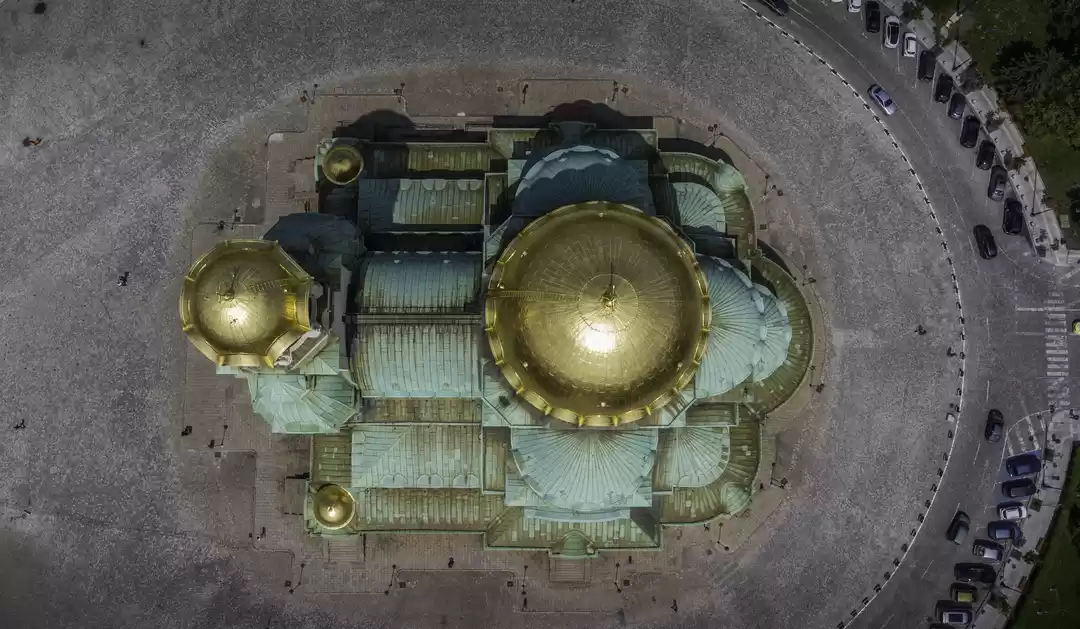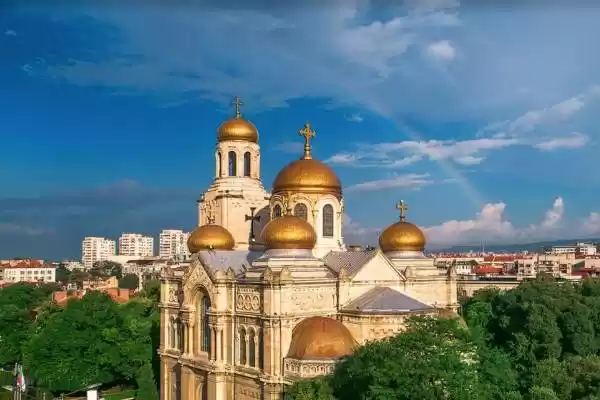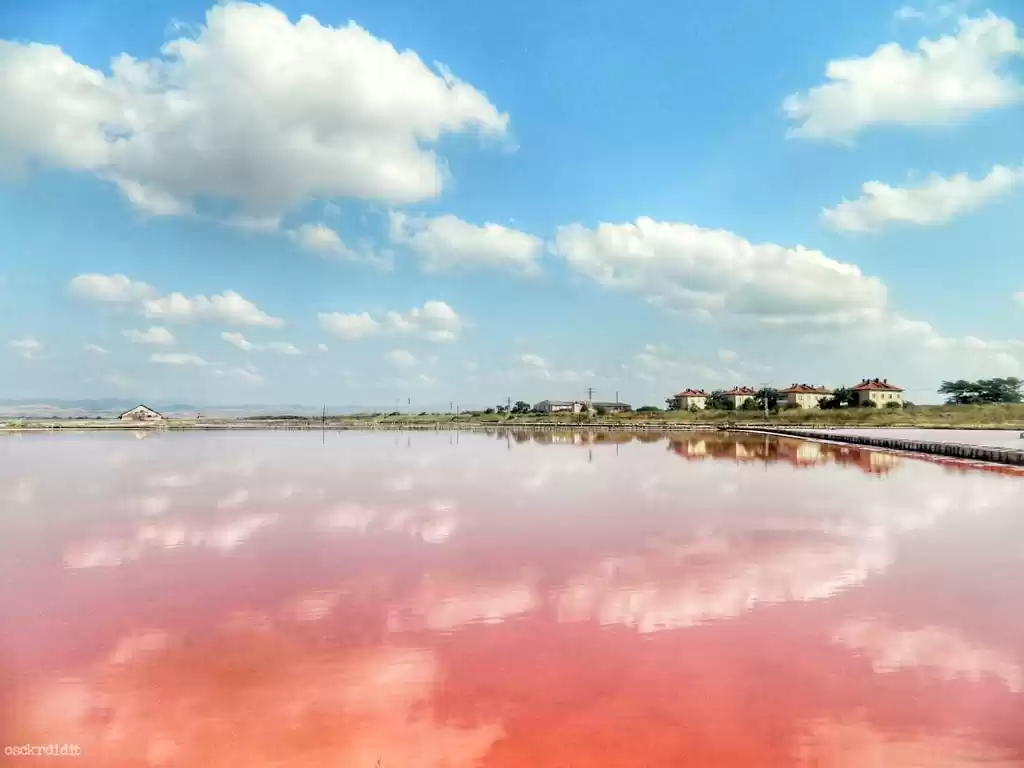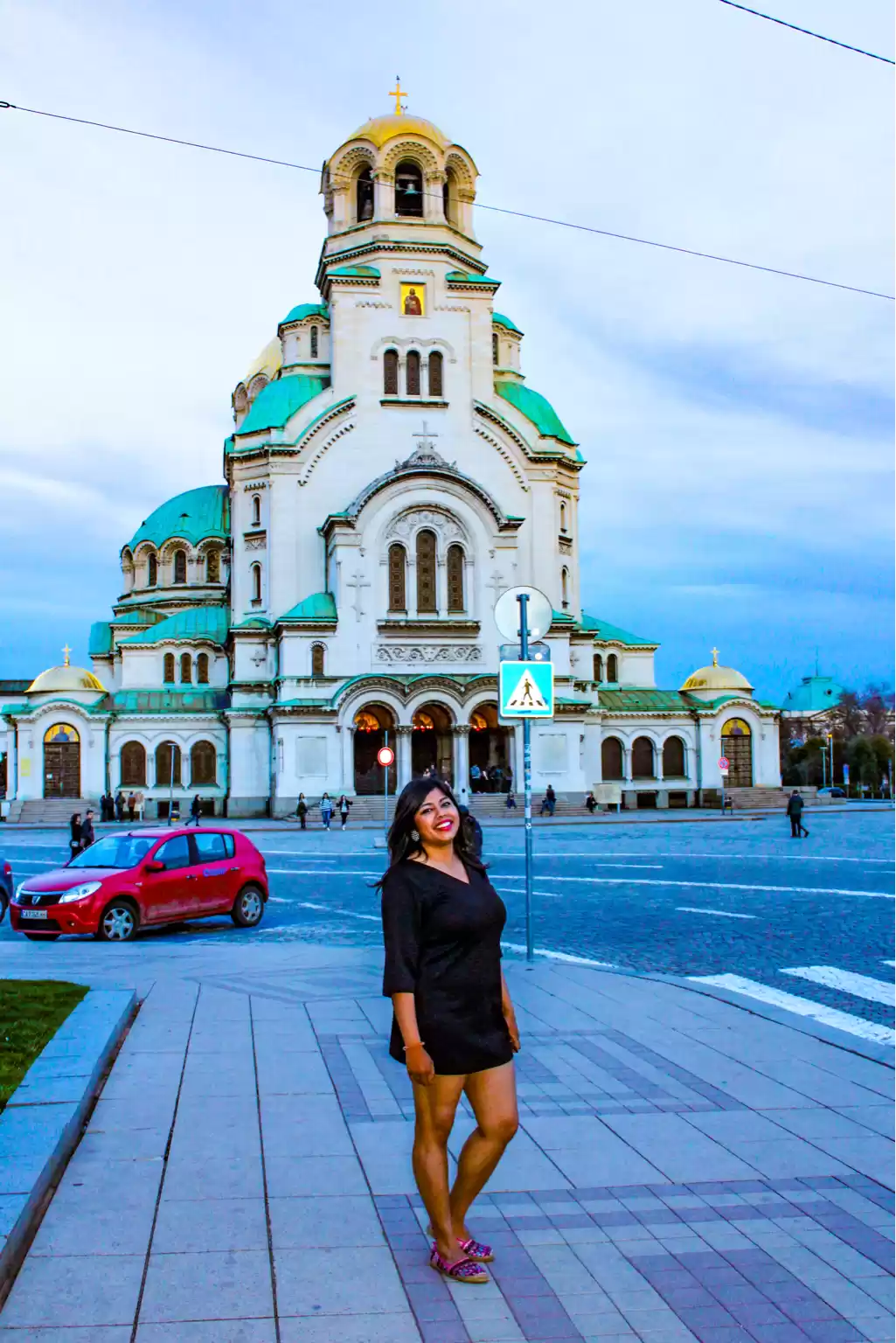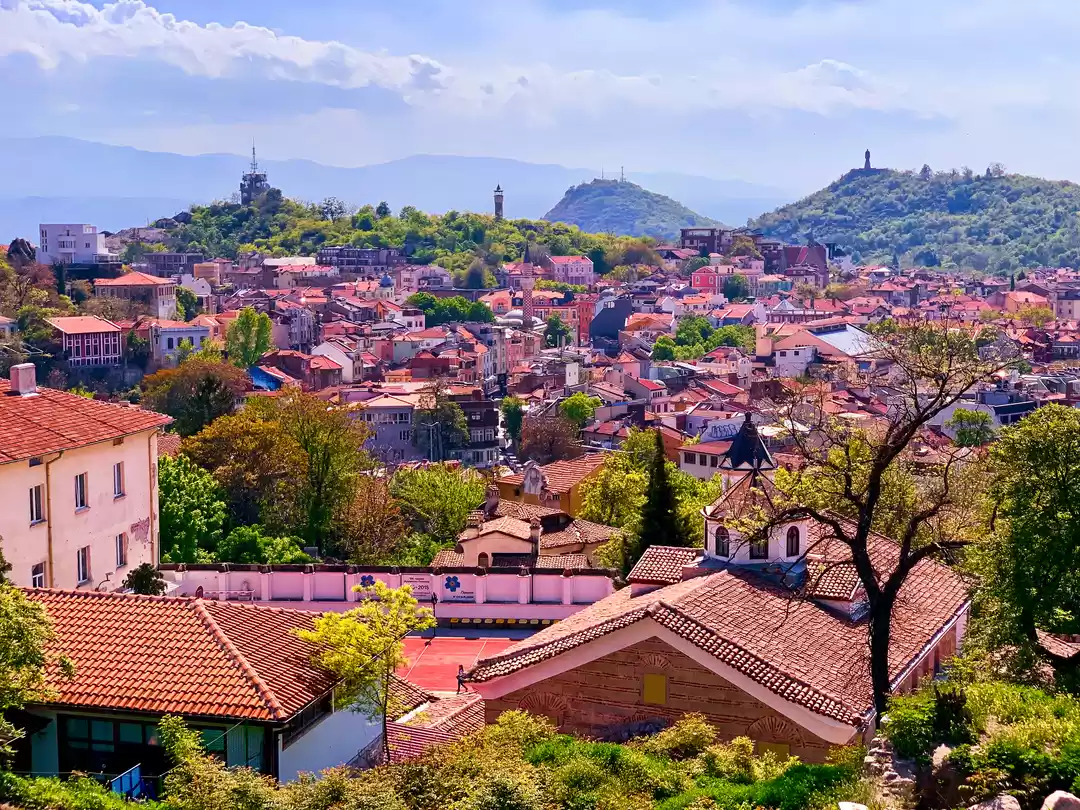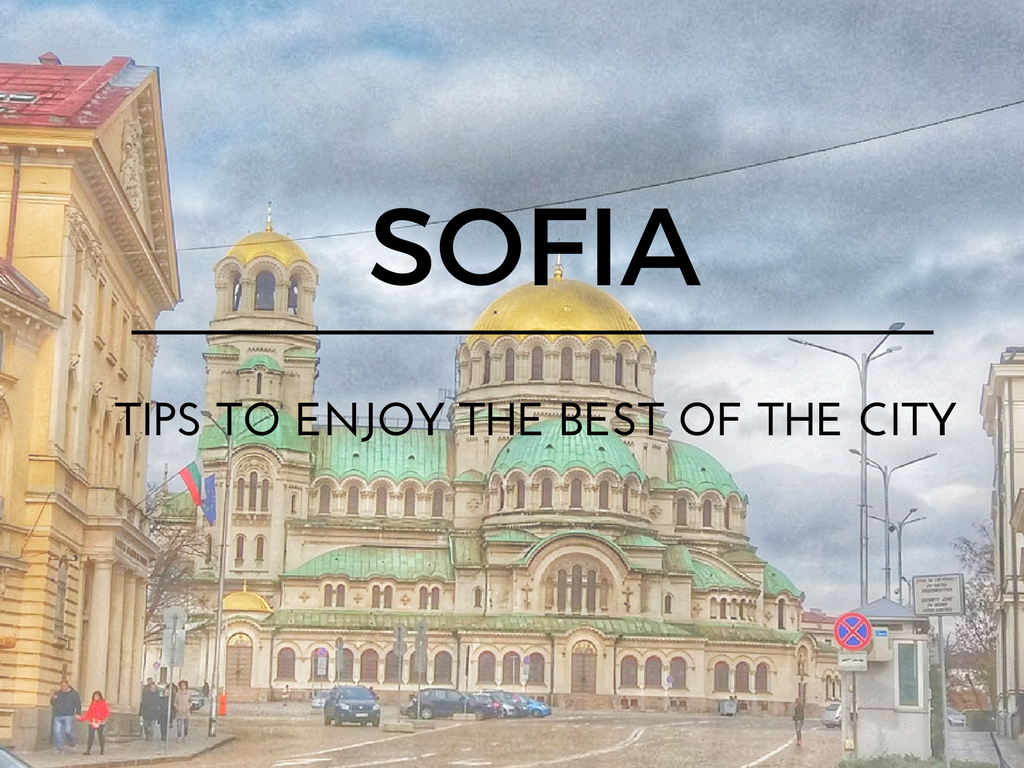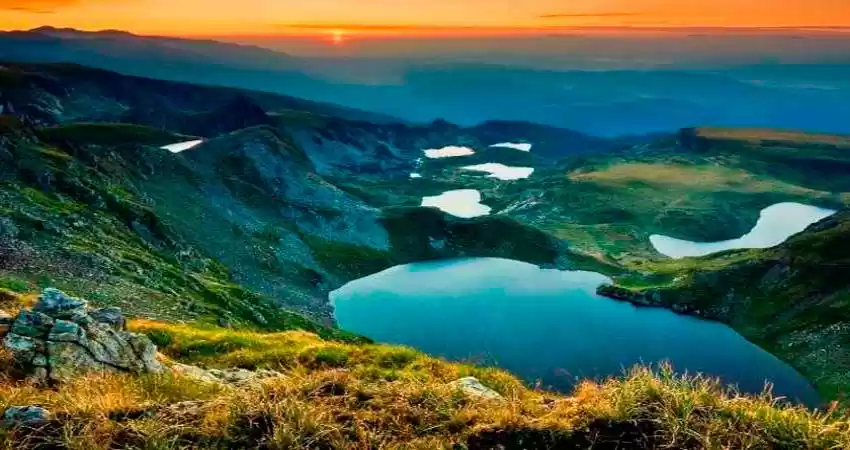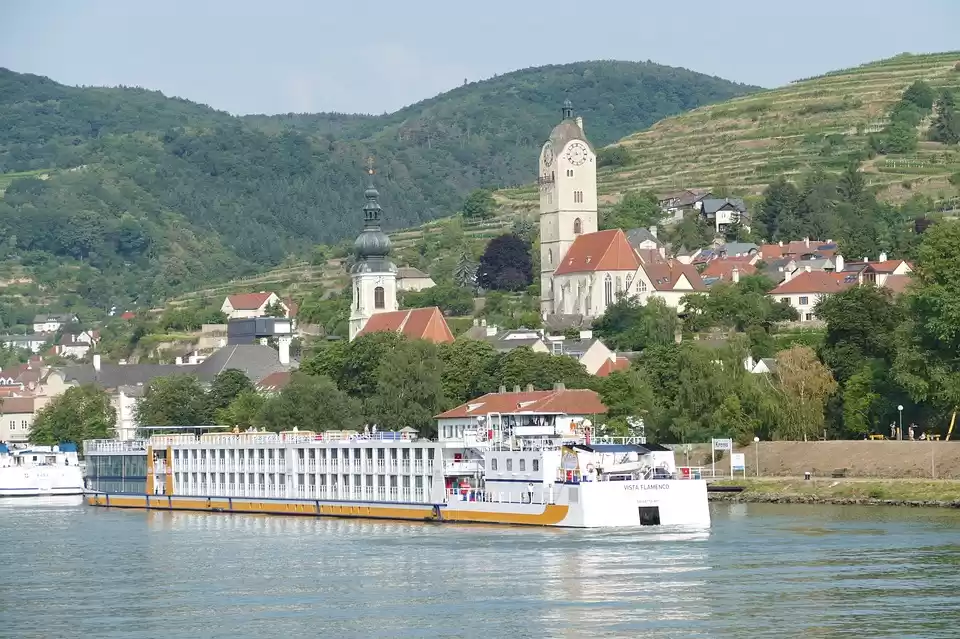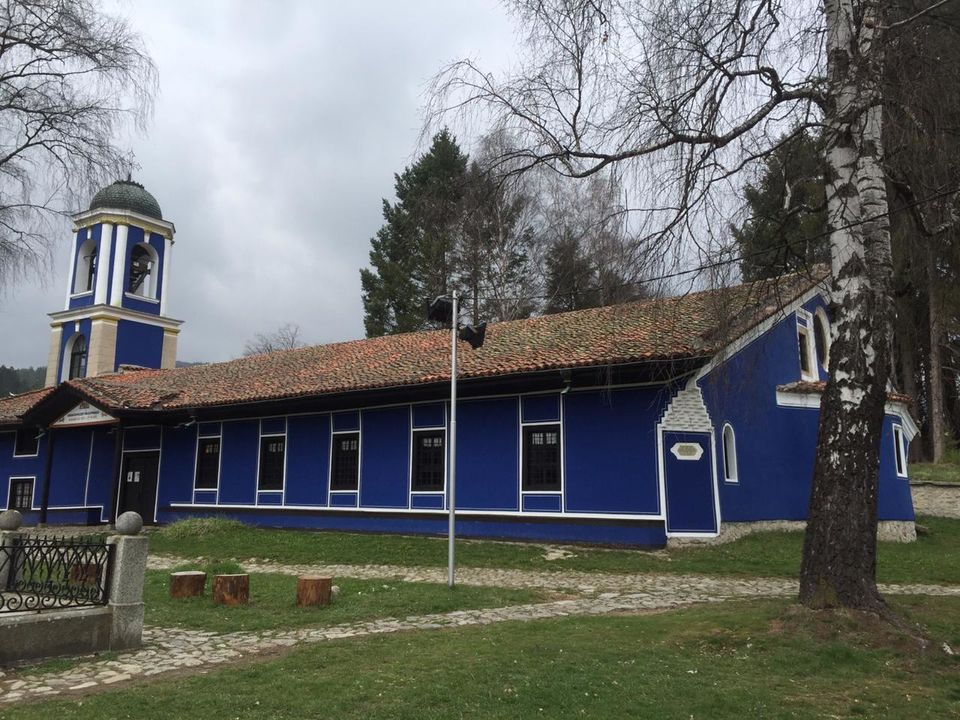
We crossed into Bulgaria from Greece and camped for the night at Sandanski, a small town barely 20 km from the border. The next morning we headed to the famed Rila Monastery. It was mid April and the year was 2019. A year later the corona-virus is making sure we all stay home. No matter where we are in the world. So it’s time to remember past journeys. While focusing on daily survival and enduring Day 27 of house arrest, I try not to entertain the dark thought that I may never travel again!
Bulgaria had never really been on my bucket list. I had an eye on the Black Sea though, but it was Turkey I was targeting. Then came an invitation from a friend to join a women-only group on a Greece-Bulgaria tour. Without thinking too much, I threw my hat in the ring. Me too! Me too! Me too!
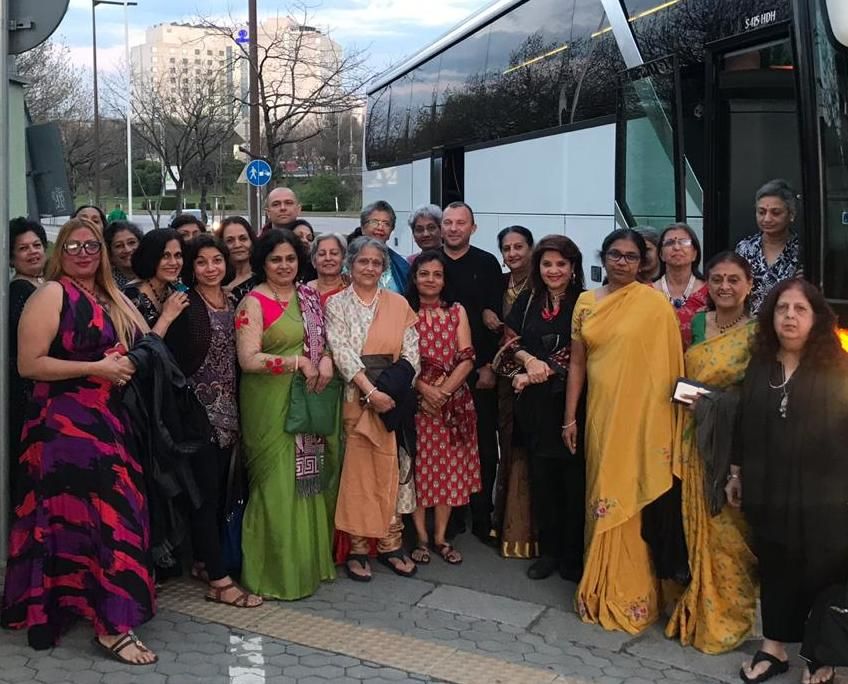
A few months passed. The team leaders Bharati and Gowri made all the arrangements. We landed in Athens, visited all the customary sites in a few days, including Santorini and Meteora, and then drove into Bulgaria. And there I was, all shivering and shaking in the cold April air in Balkan territory. I had really no clue what to expect. Before my departure from home, I’d been busy with work, and didn’t find time to research the locations. All I knew is that the capital Sofia was located inland, and that Varna was on the Black Sea. I also knew who the neighbours were.
Bulgaria’s southern neighbour is Greece, its northern neighbour is Romania, and its western neighbours are Serbia and North Macedonia. The country also shares a border with (European) Turkey to the southeast. Varna and Nessebar are resort towns on the Black Sea coast. Sofia is the capital and Plovdiv and Burgas are major towns. Tarnovo was the capital of the Thracian kingdom once upon a time. The Balkan mountains and the River Danube add to the romance of the countryside. The River Iskar, the Stroma and the Maritsa also flow through Bulgaria.

The country has a glorious past, something I realized only after I got there. When we think of European culture and civilization it’s usually Greece and Rome that come to mind. But I learnt that Neanderthals had lived in the region of modern Bulgaria 150,000 years ago and left behind traces.
The neolithic Karonovo culture was a revelation to me. Our tour guide Kamen helped to brush up my history. I knew my geography before making the trip, but soon realized that’s about all I knew. Well, it’s never too late to learn.
Culture and Civilization
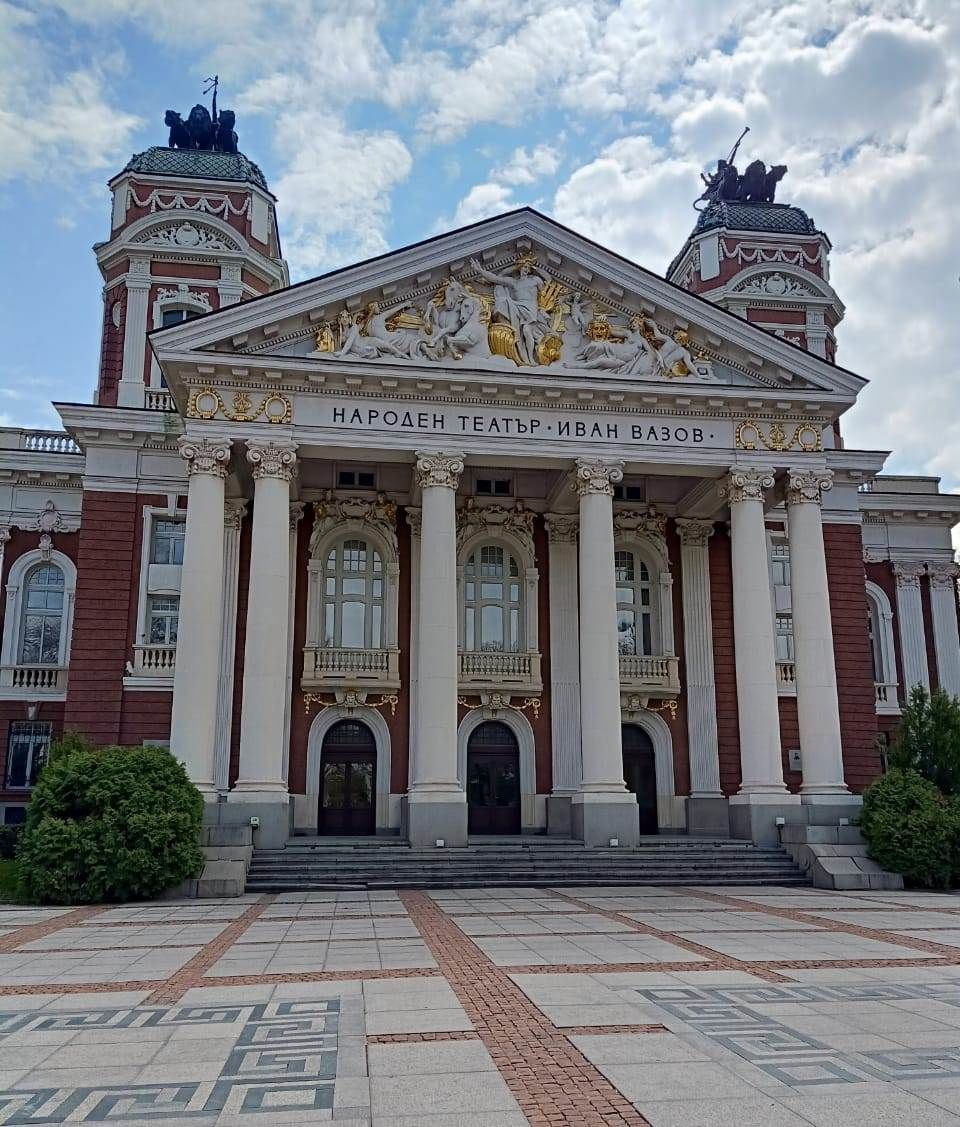
The Karanovo culture dates back to 6,500 B.C.E. Older than India? Perhaps. Those were the days when the whole of Europe was peopled by hunter-gatherers. And here we find a huge settlement mound testifying to a civilized way of life in the middle of the 7th millennium B.C.E. and embodying early human history in south eastern Europe with houses, livestock and farming.
The Varna culture can be dated to the Copper Age (5th millennium B.C.E.) and is believed to have developed gold metallurgy. The treasures of the Varna necropolis are mind-blowing. They contain the oldest golden jewellery in the world. Roughly 6,000 years after their manufacture they retain their original design and lustre. Were these people the world’s first goldsmiths? And how on earth did they make such exquisite jewellery? We in India use similar designs even today. These extraordinary pieces of jewellery are on display not only at the National Museum in Sofia but also in Nessebar and Varna.

Kamen told us a lot of stories. About migratory birds building their nests atop buildings to herald the arrival of spring. About cats that had their tails cut short to ensure they took less time to come into the house from the winter cold. You see they needed to close the door real quick to keep from freezing to death so a few extra inches could spell disaster for the entire family.
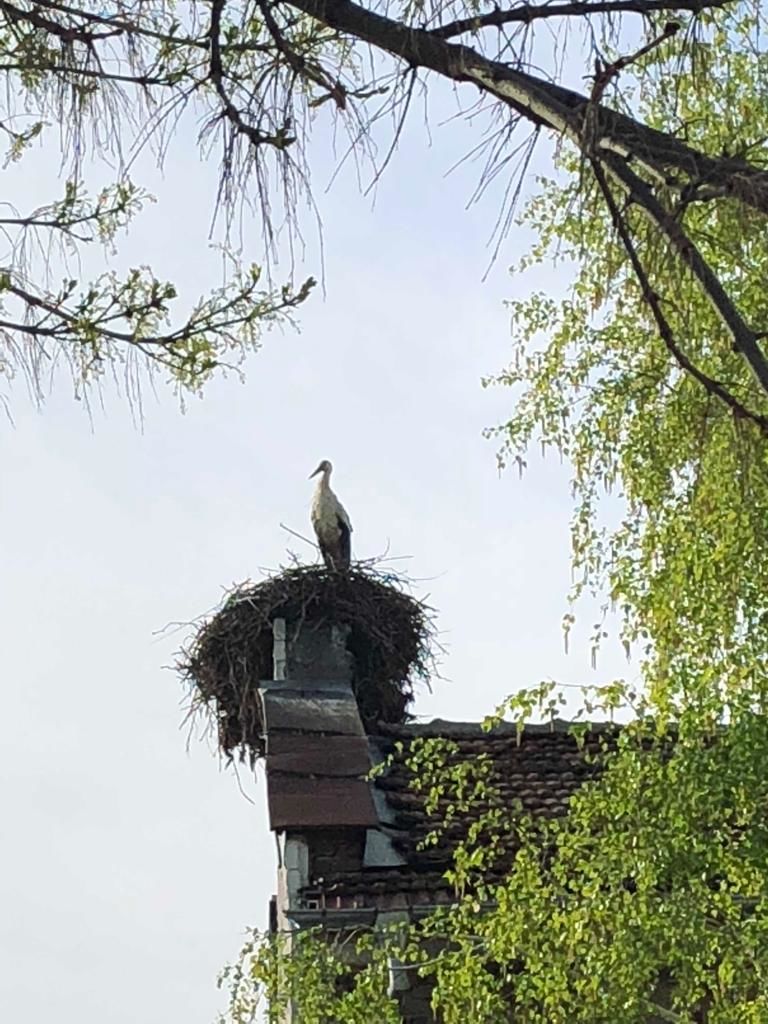

Historical Marvels
The Thracians, probably the ancestors of modern Bulgarians, appear to have lived here at least since the 12th century B.C.E. At the peak of the Greek civilization (6th to 3rd century B.C.E.) the Greeks, Macedonians, Persians and Thracians incessantly fought over the present Bulgarian lands. Rome conquered the region in the first century. When Rome fell in 476 C.E., the area came under loose Byzantine control. The Slavs came to stay. Christianity came here in the 4th century but it became the state religion only in the 9th century.
An invading Bulgar army under Khan Asparukh established the First Bulgarian Empire in 681 C.E. The empire was strengthened over the next few centuries, spread through the Balkans, and the Cyrillic script was developed in the 9th century. I didn’t know the Bugarians had anything to do with developing the Cyrillic alphabet. Kamen made sure I understood. I was slightly incredulous - and checked several google sources on my return to India. Who was Cyril? Well, that’s another story.
Bulgaria fell to the Byzantines in the early 11th century. Towards the end of the 12th century the Second Bulgarian Empire came to power with its capital at Tarnovo. One of its major successes was the eviction of the Mongols in 1277. However, it disintegrated towards the close of the 14th century and the Ottomans took control, holding the territories for the next five centuries. When the Russians came to fight the Turks in 1877-88, Bulgaria finally became free. During the World Wars, Bulgaria took the side of Germany, but managed to save its Jews. Soon it became part of the Soviet-dominated Eastern Bloc. After the fall of the USSR, the country adopted the democratic system, with a new constitution in 1991, but remains politically unstable and highly centralized.
Rila Monastery
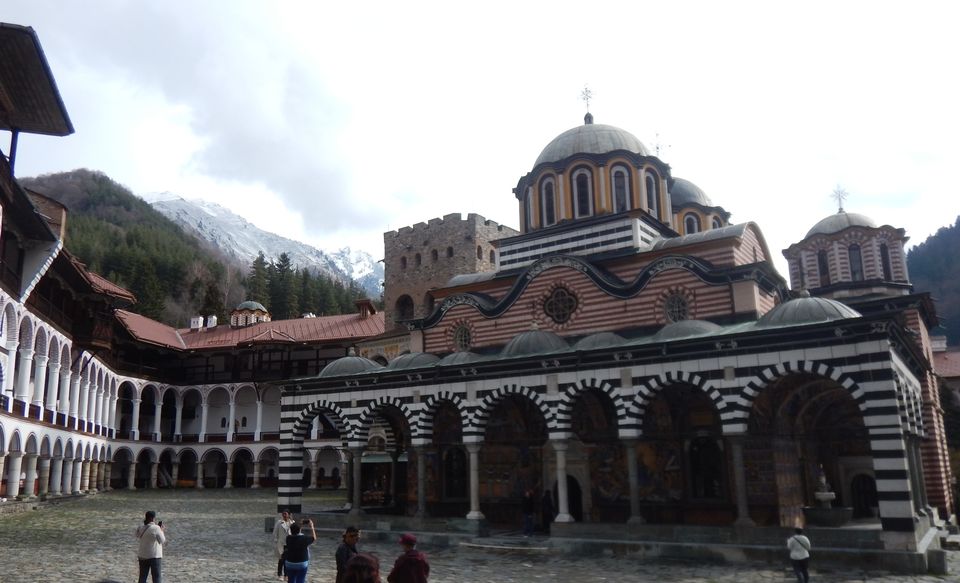

This 10th century monastery is Bulgaria’s equivalent of Jerusalem. Despite many centuries of Turkish rule, the flame of Christianity was kept alive in this country by the devotion of the monks who lived here in virtual seclusion. Ioan Rilski became a monk at the age of 25 and some years later found a place on the Rila Mountain to practice the solitary life. He is said to have spent 12 years in a cave in complete isolation, after which he was joined by other monks who became his followers. Hailed as a miracle worker he passed away in 946 C.E. For over a thousand years the Rila Monastery has been a bastion of the Eastern Orthodox Church.

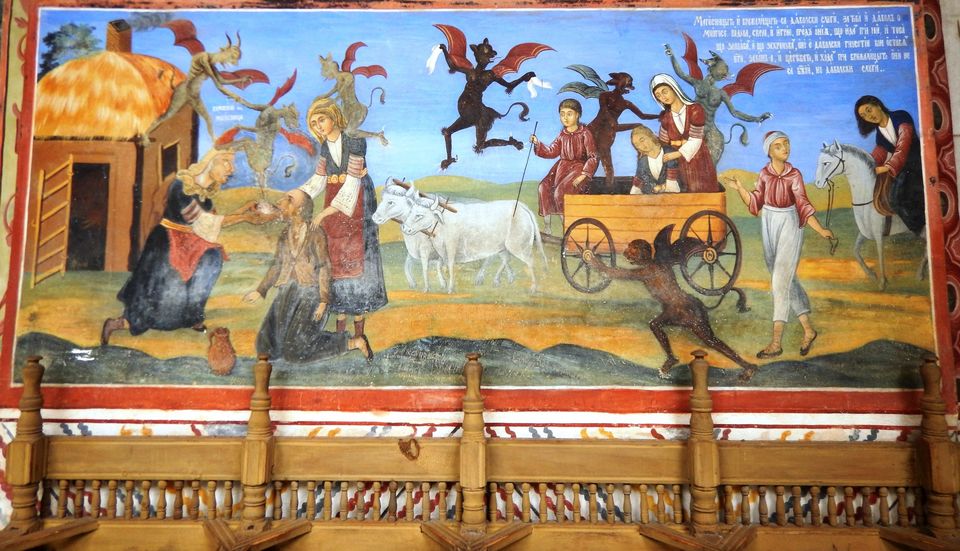
The Monastery of St. John (Ioan is how they spell it?) is a day trip from Sofia, situated 117 km away. A UNESCO World Heritage site. Not to be missed, folks!
The monastery has a unique pattern with multiple arches in black, white and brown colours that look almost good enough to eat. The inner walls are decorated with bright murals from ground to ceiling. Lots of stories there! The present building dates back to the early 14th century and has a few domes in the Ottoman style. St John’s relics are housed here and it is said that miracles continue to happen. I thought my coming here itself was a miracle!
Plovdiv
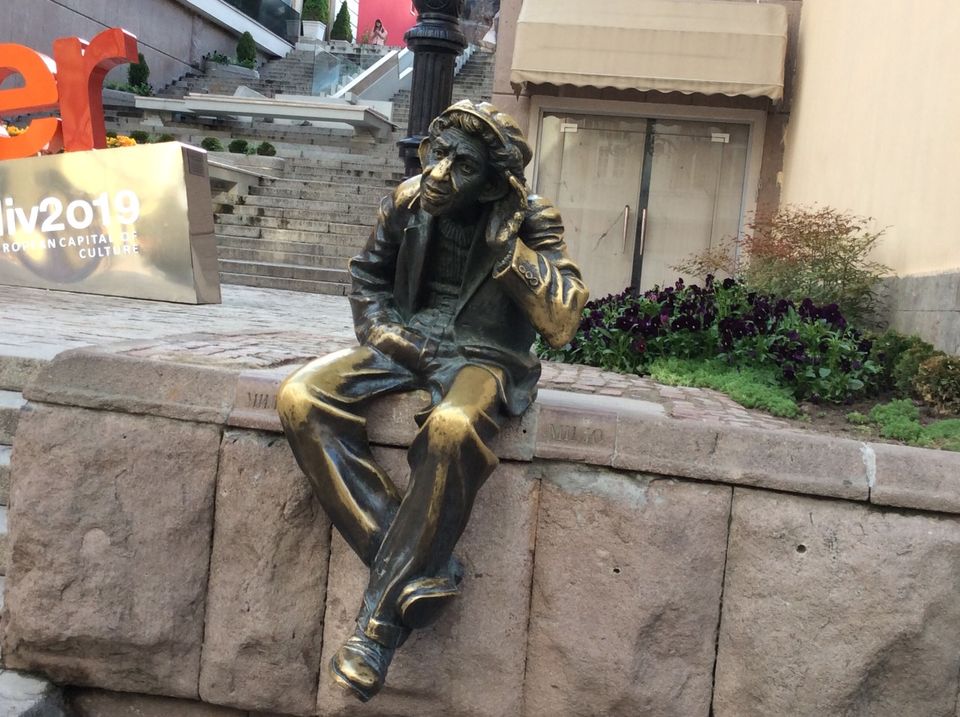
Our next stop was Plovdiv. I’m rather ashamed to admit I’d never heard of Plovdiv before. It turned out to be an interesting place. Bulgaria’s second largest city after the capital, Sofia. One of the world’s oldest cities dating back to the 6th millennium B.C.E.
The earliest inhabitants were probably the Thracians. The Greeks called it Philippopolis after Philip II of Macedon, father of Alexander the Great. The Romans called it Trimontium, referring to three mountains. It seems there were actually seven hills, but now only six. And then there is the Maritsa River.

The town was sacked by the Goths and Huns and several others. The Slavs settled peacefully by the 6th century. The Byzantines were ruling when the crusading army of the Roman Emperor Frederick Barbarossa (1189–1192, Third Crusade) conquered Philippopolis. In 1943 the Archbishop of Plovdiv saved 1500 Jews from a dark fate. In 1944 the Allies bombed Plovdiv.
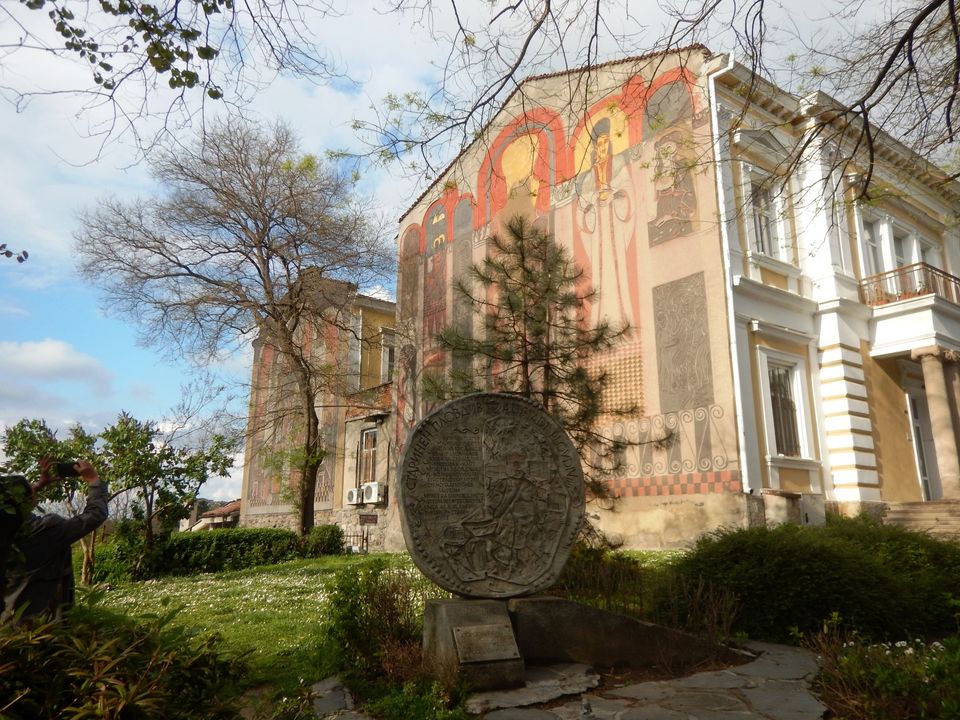
Today the remains of a Roman stadium stand under the main pedestrian street adjacent to the Dzhumaya mosque. The stadium was built in the 2nd century C.E. under the Emperor Hadrian. (This guy we know because his arches appear in unlikely places. The one in Jerash, Jordan is superb, the one in Athens a great disappointment.)
Plovdiv is today a major cultural hub, hosting music, theatre and movie events.
Nessebar – A Pearl on the Black Sea
We drove from Plovdiv to Nessebar on the Black Sea coast. Don’t miss! Don’t miss! Don’t miss!
Check it out here:
https://www.tripoto.com/bulgaria/trips/nessebar-a-pearl-on-the-black-sea-5e5bb8106027e
Varna – A Playground on the Bulgarian Black Sea
A place really worth visiting! Check it out here:
https://www.tripoto.com/trip/varna-a-playground-on-the-bulgarian-black-sea-5e847b2611c77
Pobiti Kamani
Not very far from Varna is the Stone Forest or Stone Desert, locally known as the Pobiti Kamani. It is a desert-like rock phenomenon consisting of sand dunes and groups of natural rock formations scattered over a 13 square kilometre area. The columns are said to be hollow and filled with sand, but they look pretty solid.



There was a light drizzle as we walked among the rock formations. Some unusual shapes there! We didn’t spend much time, but moved to our next stop which was Veliko Tarnovo.
Koprivshtitsa
En route to Sofia we visited the village of Koprivshtitsa where majestic traditional mansions have been preserved with their original style and decor. We observed two such houses to get a glimpse of the culture of the locals a couple of centuries ago.

The clothes they wore, the implements they used, their cooking vessels, gadgets, weapons, everything was laid out meticulously. We found the objects arranged in perfect symmetry with captions and descriptions in English to help international visitors.
What I found most interesting though was the following political statement:

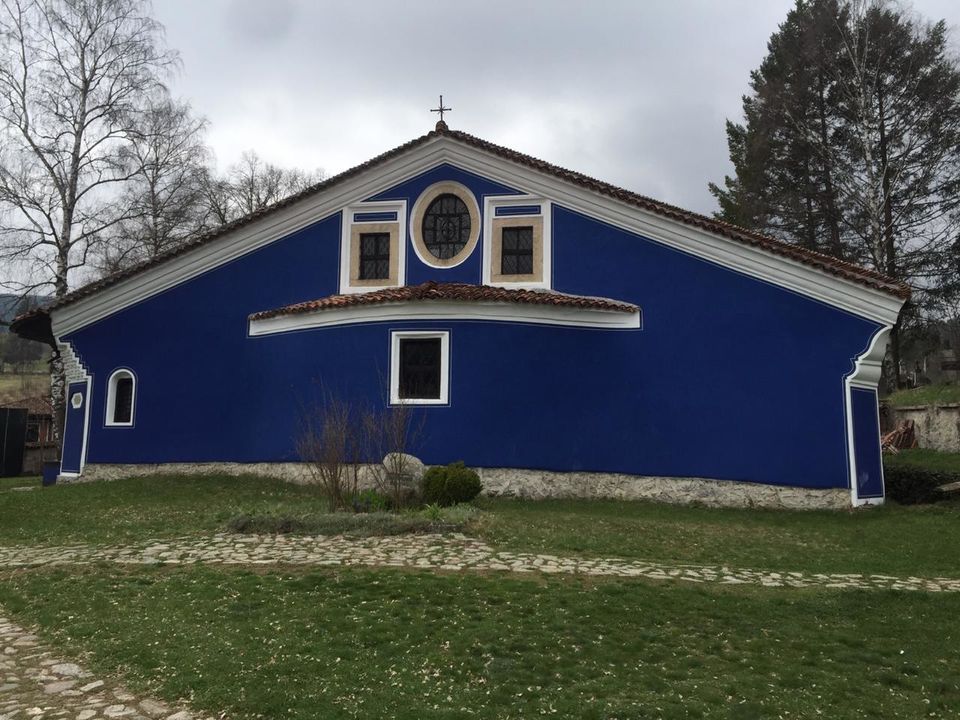
We came across a quaint blue church built during the Ottoman rule as late as 1817. The local guilds obtained the permission of the Sultan to build it on the ruins of a previous church that had been burnt down by deserters of the Ottoman army. Called the Church of Assumption of Virgin Mary, it is low and humble, resembling a simple house. Perhaps the architect intended it to look as unobtrusive as possible. The church has icons of immense artistic value.
What’s Special
Bulgaria is known as the Land of Roses. It produces 85% of the world’s rose oil. Lavender oil is also produced. A variety of creams, lotions, soaps and beauty products can be purchased in Sofia and other towns. I bought a few and found they were excellent.
It is believed that Bulgaria has been producing yoghurt for over 4000 years. (We had a demo in Koprivshtitsa but I must admit I didn’t pay much attention. You see, I've very limited culinary skills and my comprehension level is also poor. My taste buds are okay though! )
It’s also likely that the Thracian Valley was one of the oldest wine-making regions in Europe.
Sofia – Simply Super!
https://www.tripoto.com/trip/sofia-simply-super-5ee76da0c0a1c
Veliko Tarnovo and the Hill of Tzarevets
https://www.tripoto.com/trip/veliko-tarnovo-bulgarias-old-capital-5ee8403820923


